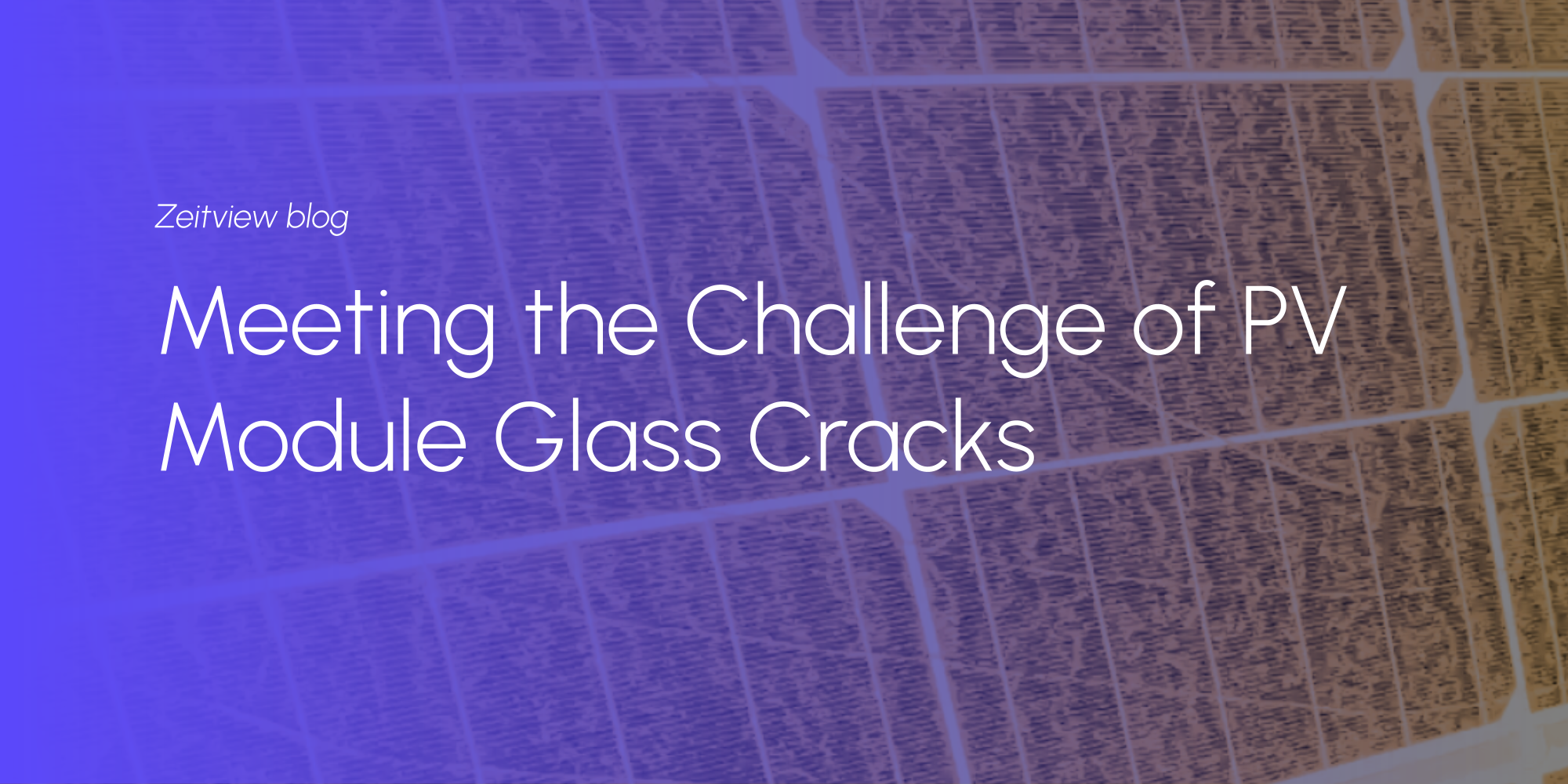Recently, PV Magazine reported that tests across 148 sites in 16 countries showed that 83% of sites had line cracks, 78% had a soldering anomaly, and 76% had complex cracks.
Advancements in photovoltaic technology are leading to larger utility-scale projects, which is great news. But changes in the way modules are being built have led to issues in some cases. One major change has been to the thickness of the glass. PV manufacturers are now using much thinner glass to cover the front (and sometimes back) of solar panels. The newer thinner glass is just 2.5 mm or even thinner and fractures more easily, as evidenced by the study reported in PV Magazine.
Cracked PV modules lead to power loss and safety risks
These hard-to-detect, hairline cracks pose significant risk and safety concerns to technicians tasked with maintaining and handling these panels while electrified. Even small cracks can allow water to penetrate the panel surface leading to short circuits, electrical shock, or other issues, such as increased fire risk over time.
In particular, large-format, thin glass bifacial modules are prone to thin hairline fractures of the glass. These cracks are mostly problematic in humid and rainy environments, due to the potential for water ingress through the cracks. Technicians handling such panels are at a greater risk of electric shock. Over the long term, water ingress also leads to fire risk and significant power loss through inverter ground faults and the degradation of the module.
Detecting PV module glass cracks is slow, manual and labor-intensive
Thinner glass cracks more easily — and it’s also harder to spot. Due to the difference in glass treatment during production, glass-breaking patterns are more subtle and difficult to detect than on older modules with thicker, tempered glass.
Currently, the best method for identifying and mitigating PV module glass cracks is manual site walks, where technicians visually inspect each panel for hairline cracks. This approach has a few significant downsides. First of all, the human eye is notoriously unreliable. But it’s also a time-consuming and expensive process, requiring labor for long periods of time depending on site size. And that’s just to identify the cracks. Improved methods of detection mean a better focus on fixing the problems at hand.
We know that a shortage of skilled labor is the biggest challenge facing the solar industry in many countries. The drastic increase in glass cracks is requiring even more time and attention from too few technicians.
While cracks that are barely visible may seem like a minor issue, our solar experts have understood the enormous impact they can have on the performance of solar assets over time. That’s why we’re pioneering a novel scanning methodology that can identify modules with potential issues up to 300% more than traditional field walks. Through high-fidelity imagery and proprietary analysis, Zeitview is helping save technician hours with a turnkey approach to identifying glass cracks.
Zeitview is partnering with owners, operators, and OEMs to explore this service further both for in-field identification and remediation, as well as root cause analysis. Are you experiencing similar issues or an unexplained decrease in site performance? Get in touch to learn more about how Zeitview can help identify and mitigate these issues here.

